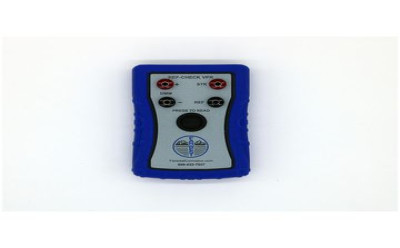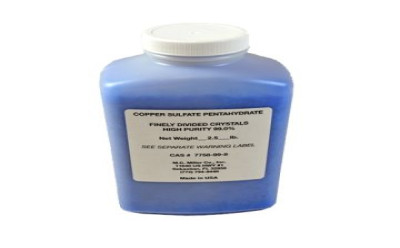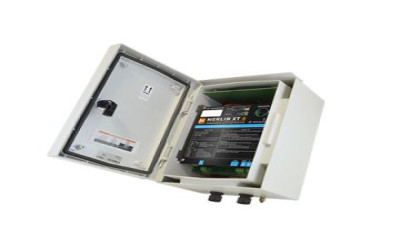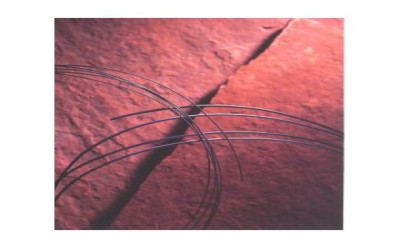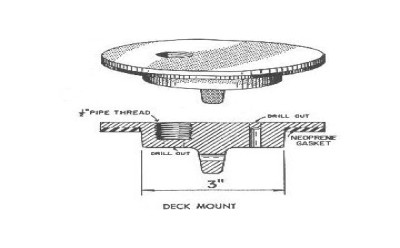Magnesium Anode Rods for Cathodic Protection by Farwest Corrosion
Magnesium rod anodes are used in a variety of ways to prevent corrosion on metallic structures of many kinds. These uses include: Water reservoirs and tanks Water heaters Gas or water service entrance piping Steel structures in high resistivity electrolyte These anodes types are quite versatile and can be configured in many ways, depending on the application, and can offer installation convenience for the user. Magnesium Anode Rod Alloys There are two alloys available; the ProMag standard potential alloy and the UltraMag high potential alloy. The voltage potential of the ProMag is approximately -1.4 to 1.5 volts whereas the voltage potential of the UltraMag alloy is approximately -1.6 to -1.7 volts (with respect to a copper-copper sulfate reference). Material Mg % Al % Mn % Zn % Cu %max Ni %max Fe %max Other imp.% max each total ProMag Alloy Bal. 2.5-3.5 0.20min 0.7-1.3 0.01 0.001 0.002 0.05 0.30 UltraMag Alloy Bal. 0.010max 0.50-1.3 - 0.02 0.001 0.03 0.05 0.30
Created by: Pipeline Corrosion Control
Last updated 12/2025
Explore Related topics
Description
Related Modules
Pipeline Corrosion in World Wide
- Afghanistan
- Algeria
- Andora
- Angola
- Argentina
- Armenia
- Australia
- Austria
- Azerbaijan
- Bangladesh
- Belarus
- Benin
- Bolivia
- Brazil
- Bulgaria
- Canada
- Chile
- China
- Colombia.
- Denmark
- Egypt
- Ethiopia
- Finland
- France
- Germany
- Ghana
- Holland
- India
- Indonesia
- Iran
- Iraq
- Italy
- Ivory Coast.
- Jamaica
- Japan
- Jordan
- Kazakstan
- Kenya
- Kuwait
- Laos
- Latvia
- Lebanon
- Libya
- Lithuania
- Luxemberg
- Malawi
- Malaysia
- Mexico
- Moldova
- Mongolia
- New Zealand
- Niger
- Nigeria
- North Korea
- Norway
- Oman
- Pakistan
- Peru
- Poland
- Qatar
- Romania
- Russia
- Rwanda
- Saudi Arabia
- Serbia
- South Africa
- South Korea
- Spain
- Sudan
- Sweden
- Switzerland
- Syria
- Tajikistan
- Tanzania
- Thailand
- Tunisia
- Turkey
- Turkmenistan
- USA
- Uganda
- Ukraine
- United Arab Emirates
- United Kingdom
- Uruguay
- Uzbekistan
- Venezuela
- Vietnam
- Yemen
- Zambia


